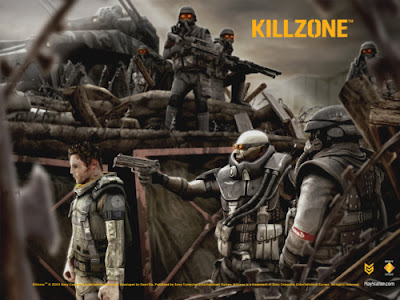
On
Gamezine (part one of two), Iain Howe, who wrote Killzone 2, discusses the best ways to combine narrative and gameplay.
Part two of the interview is here.
There's a balance between narrative depth and narrative flexibility that has to be maintained. Major characters don't die randomly - their deaths have to be given proper meaning and, in order for the player not to find them uncomfortably jarring, they need proper foreshadowing as well. I'm not sure that a character that can be plucked easily from the story at any point, can actually be defined as being major...
Most 'multi-arc' stories actually branch and then rejoin down the line, creating a much simpler story tree than their name suggests. I'll have to see how the folks making Heavy Rain manage all their narrative arcs and their character arcs and handle having things messed with on the whim of the player before I make any judgement though.
I'm certainly in favour of the idea of dynamic storytelling, but I'm also skeptical about anyone paying the exorbitant cost of creating large sections of game that they know half of the players will never see. Whether players find the upsides overwhelming or not is a question that will be settled in the market place. Success is always emulated.
 On Gamezine (part one of two), Iain Howe, who wrote Killzone 2, discusses the best ways to combine narrative and gameplay. Part two of the interview is here.
On Gamezine (part one of two), Iain Howe, who wrote Killzone 2, discusses the best ways to combine narrative and gameplay. Part two of the interview is here.


No comments:
Post a Comment
Note: only a member of this blog may post a comment.